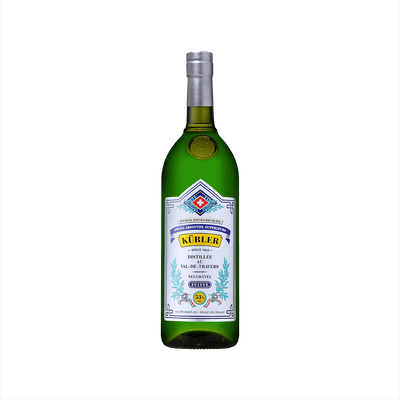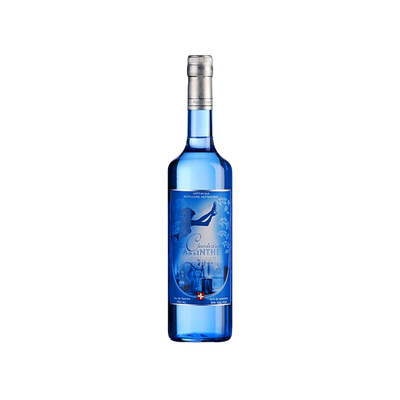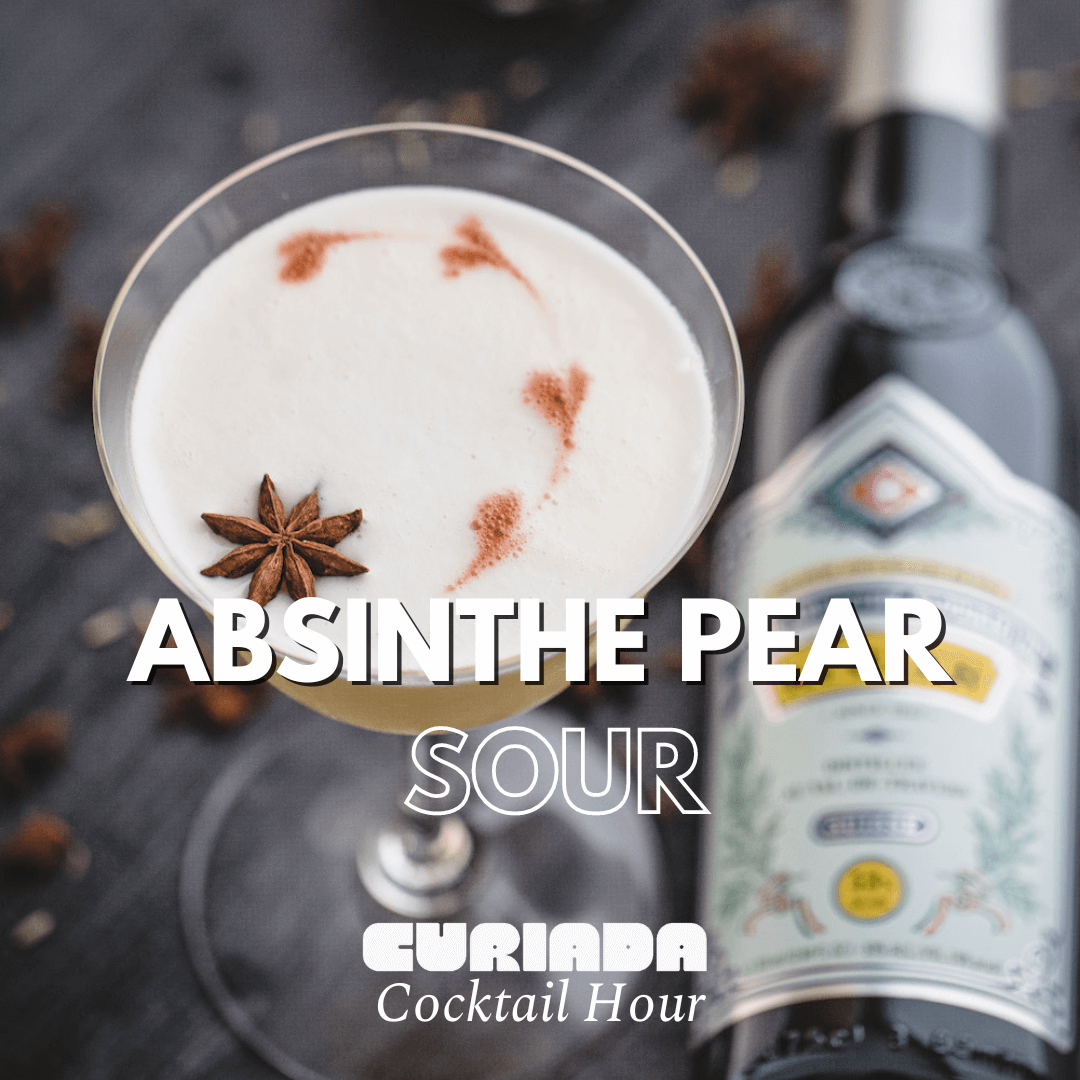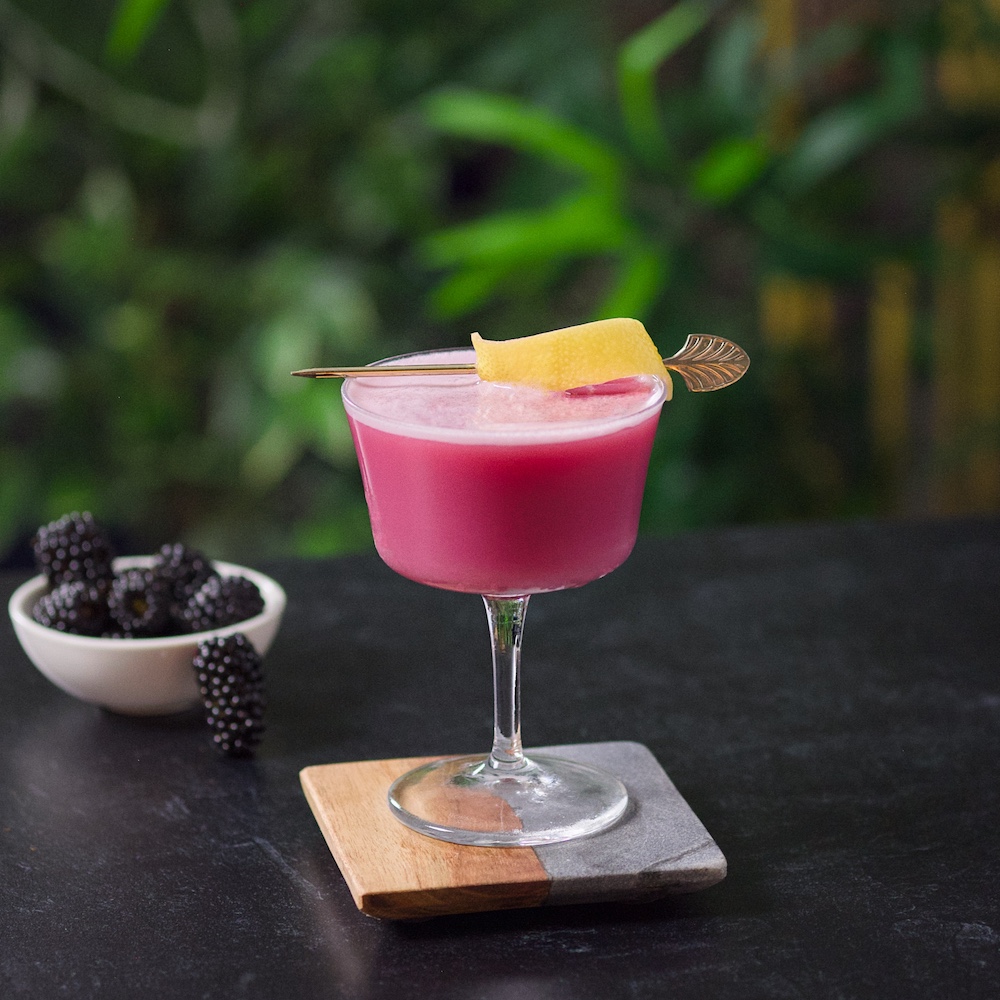Other Absinthe
What is Other Absinthe?
Other Absinthe refers to modern interpretations and innovative expressions that push beyond traditional French, Swiss, or Czech styles. These spirits might incorporate unconventional botanicals, unique distillation methods, or aging techniques that create distinct flavor profiles while still maintaining the essential wormwood character. What defines Other Absinthe is its willingness to break from historical conventions while respecting the spirit's fundamental identity as an anise-forward, wormwood-infused liqueur.
Learn More About Other Absinthe
What makes Other Absinthe unique?
Other Absinthe breaks from traditional production methods by incorporating unconventional botanicals or aging techniques that stray from the classic grande wormwood, anise, and fennel trinity. These experimental expressions might feature unusual herbs like lavender or rosemary, employ different distillation methods, or age in various wood types to create flavor profiles that challenge purist expectations. While traditionalists might scoff, these innovative approaches offer curious drinkers entirely new ways to experience the Green Fairy's mystique.
How is Other Absinthe made?
Other Absinthe follows traditional European methods, starting with a neutral grain spirit that's redistilled with botanicals like grande wormwood, green anise, and sweet fennel in copper pot stills. After distillation, the clear spirit gets its signature green color through a secondary maceration with herbs like petite wormwood, hyssop, and melissa, which are steeped in the warm distillate before filtering. The final product is then diluted to bottling strength, typically around 68% ABV, creating that distinctive cloudy louche when mixed with cold water.
How do you drink Other Absinthe?
Traditional absinthe drinking follows the classic French ritual: pour one part absinthe into a glass, place a slotted spoon with a sugar cube on top, and slowly drip ice-cold water over the sugar until the liquid turns cloudy (the "louche") at a ratio of about 3-5 parts water to one part absinthe. While purists stick to this time-honored method, modern bartenders have embraced absinthe in cocktails like the Sazerac, Corpse Reviver #2, and Death in the Afternoon, where its intense herbal complexity adds depth to classic recipes. The spirit's bold anise and wormwood profile makes it perfect for sipping on cool evenings or adding dramatic flair to dinner parties where you want to spark conversation about its storied past.
How do I choose a good Other Absinthe?
Start by looking for absinthes that list their primary botanicals on the label—quality producers will proudly display their herb blend featuring wormwood, anise, and fennel as the holy trinity. For cocktails like the classic Sazerac or Corpse Reviver #2, grab a blanche (clear) absinthe since it won't muddy your drink's appearance, while verte (green) absinthes work beautifully in spirit-forward cocktails where their herbal complexity can shine. Skip anything that's artificially colored or lacks proper botanical information, and remember that higher proof doesn't always mean better—focus on finding one with a balanced herbal profile that doesn't overwhelm your palate with bitter wormwood.
Nutritional Information
Typical Calorie Range per Ounce: 64-70 calories
Typical Carbohydrate Range per Ounce: 0-0.1 grams
Typical Sugar Range per Ounce: 0 grams
Typically Gluten Free: Yes
Most absinthe is naturally gluten-free since it's distilled from botanicals and herbs rather than gluten-containing grains. The distillation process typically removes gluten proteins even when grain-based alcohol is used as a base. That said, some producers may use additives or flavoring agents that could introduce gluten, so always check the specific product label and manufacturer information to confirm gluten-free status if you have celiac disease or severe gluten sensitivity.
Scrolled this far? Your reward? Other Absinthe Trivia!
- The famous "green fairy" wasn't always green – authentic absinthe gets its emerald hue from chlorophyll that naturally leaches from herbs during the final distillation step. Cheap knockoffs in the 1800s used toxic copper sulfate to fake that signature color, which actually contributed to absinthe's dangerous reputation and eventual ban.
- Vincent van Gogh's ear-cutting incident happened during a period when he was drinking absinthe heavily, but the real culprit was likely the lead pipes used in cheap absinthe production. Lead poisoning causes the same symptoms attributed to "absinthism" – hallucinations, seizures, and erratic behavior that terrified Victorian society.
- The ritual absinthe spoon with its distinctive holes wasn't invented for ceremony – it was pure practicality. Sugar cubes of the 1800s were rock-hard and needed the perforations to help cold water slowly dissolve them. The elaborate dripping process was simply the most efficient way to sweeten your drink before ice became widely available.
- Modern absinthe is actually stronger than its historical predecessor. Original recipes typically hit 45-65% alcohol, while today's craft distillers often push their bottles to 68-72% ABV. The myth that old absinthe was more potent comes from the additional psychoactive compounds people believed were present, not the actual alcohol content.
- Switzerland secretly kept making absinthe throughout the entire global prohibition period (1915-2005) in hidden underground distilleries called "bootleg caves." Families passed down recipes and equipment through generations, creating a black market so sophisticated that some Swiss villages had their own house brands that never saw legal daylight for 90 years.
Higher-proof spirits can be intense. Mix carefully, taste thoughtfully, and enjoy responsibly.
Gift message (optional)




